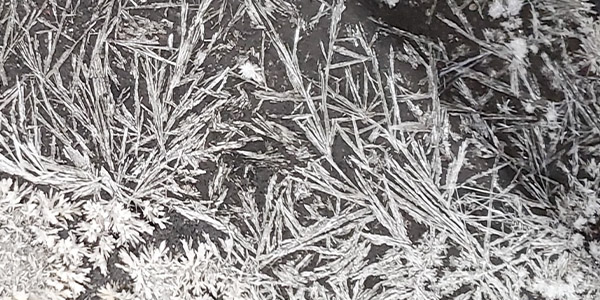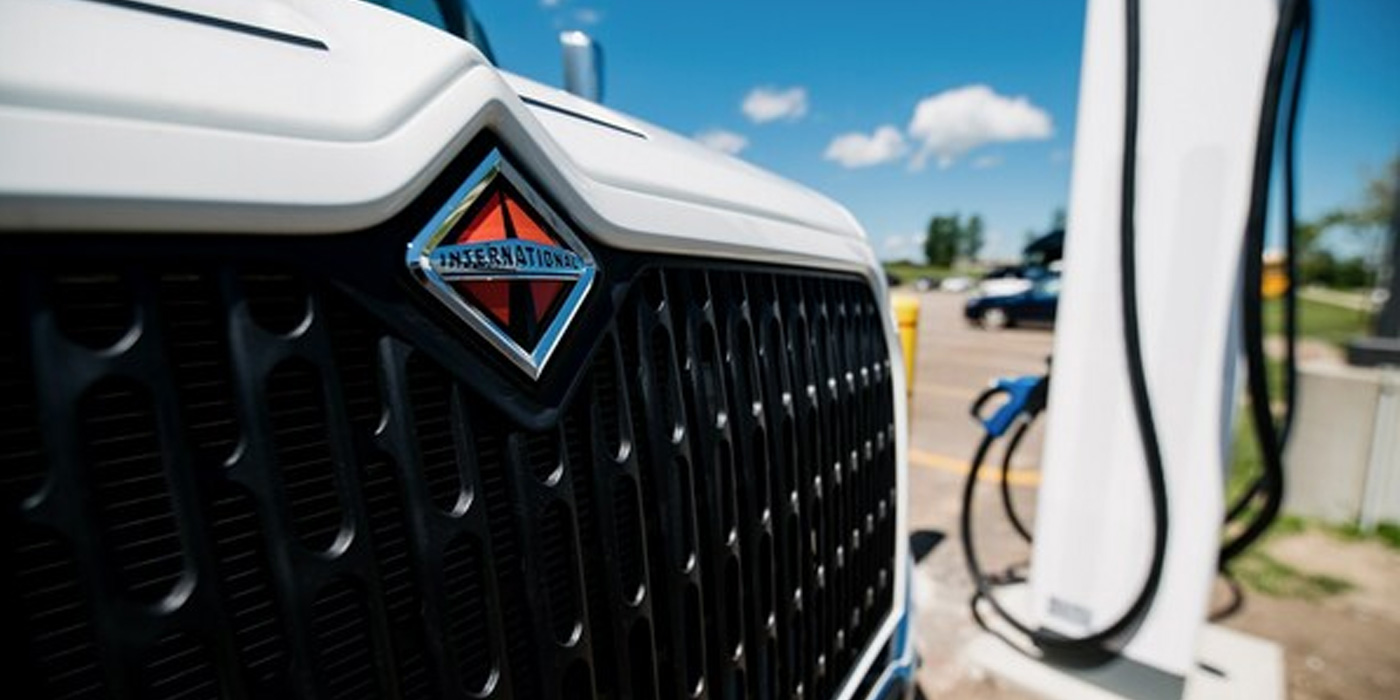By Bob Dowie
Import Specialist Contributor
Like any other problem, the more information we can get from the driver regarding suspension-related noises, the better. Many times, the best tactic is to have a tech road-test the car with the customer to be sure of the noise you’re chasing. At the same time, it’s a good idea to do a thorough safety inspection.
Grab the wheel at the 9 o’ clock and 3 o’ clock positions and shake the wheel side-to-side, checking for looseness in the steering system. It doesn’t take a violent shake to feel the looseness, just firm input. If you feel some play, have an assistant look for the movement, concentrating on inner and outer tie rod ends, side movement of the ball joint, control arm bushings and wheel bearing play. Move your hands to the 12 o’ clock and 6 o’ clock positions and do the same thing. Here you’ll pick up play in the strut shaft or mounting, ball joint and control arm bushing, and if there was any wheel bearing play in the shake test, it will also be noticeable. Finally, spin the wheel to check for noises and brake drag.
If play in the bearing is noticed, it should be taken care of whether it’s quiet or not. Check the torque on the axle nut; if it’s loose you’ll have to make a judgment call — has someone been in there or is the bearing or hub showing wear? If the play is excessive, the retorque has no effect and the bearing isn’t growling, it would pay to be sure a hub is available before the car is disabled on the lift.
Suspension noises will usually present themselves in a couple of ways; knocking, squeaking and creaking are the most common.
Squeaking noises are often the result of tie rod ends and ball joints binding up as a result of rust buildup. Tie rod ends can be checked with the car in the air by twisting the rod; ball joints can usually be confirmed with a knee to the bumper.
While you’re pushing, you can’t help but check the struts’ dampening condition, but it’s rare to have a noise caused by the strut itself. Using your technicians’ stethoscope, it’s not difficult to find the offending joint and don’t overlook the sway bar links. With many Hyundai models using ball-and-socket-type links, they’re prone to the same type of failure and creaking noise. Like the tie rod end, a quick twist with the pliers should pick it up. We’ve had cases where putting the car up on a frame contact lift and allowing the suspension to droop temporarily eliminates the noise.While a real loose tie rod end or ball joint can make a knocking noise, knocking noises can typically be a little more difficult to track down.
Don’t overlook the sway bar and its attaching hardware. Any looseness here will result in a noise that is louder than you’d expect. Check the chassis mounting bushings by gently prying against the sway bar and look for any movement; there should be none. Same with the links; any movement will result in a very noticeable knocking noise.
The only repair warning on the mounting bushings is to be careful when removing the bolts that secure the horseshoe bracket to the subframe. Don’t be stingy with penetrating oil and use heat if necessary. Breaking the bolts will turn a good job ugly in a hurry.
Removing the nuts on the links might be challenging as the rust on studs will cause the stud to spin. If faced with that situation, separate the joint exposing the ball end of the stud. A well-placed pry bar or air chisel hit is usually all it takes. With the ball exposed, grab it with a pair of locking pliers, making quick work of the replacement.
While doing your visual inspection, keep an eye out for rust around the mounting hardware. Where there’s rust there is movement, and where there’s movement there will be noise. When checking for tightness, always loosen the bolt, then retighten to the proper torque so you’re not tricked into thinking it’s tight when it’s actually stuck in the threads.














